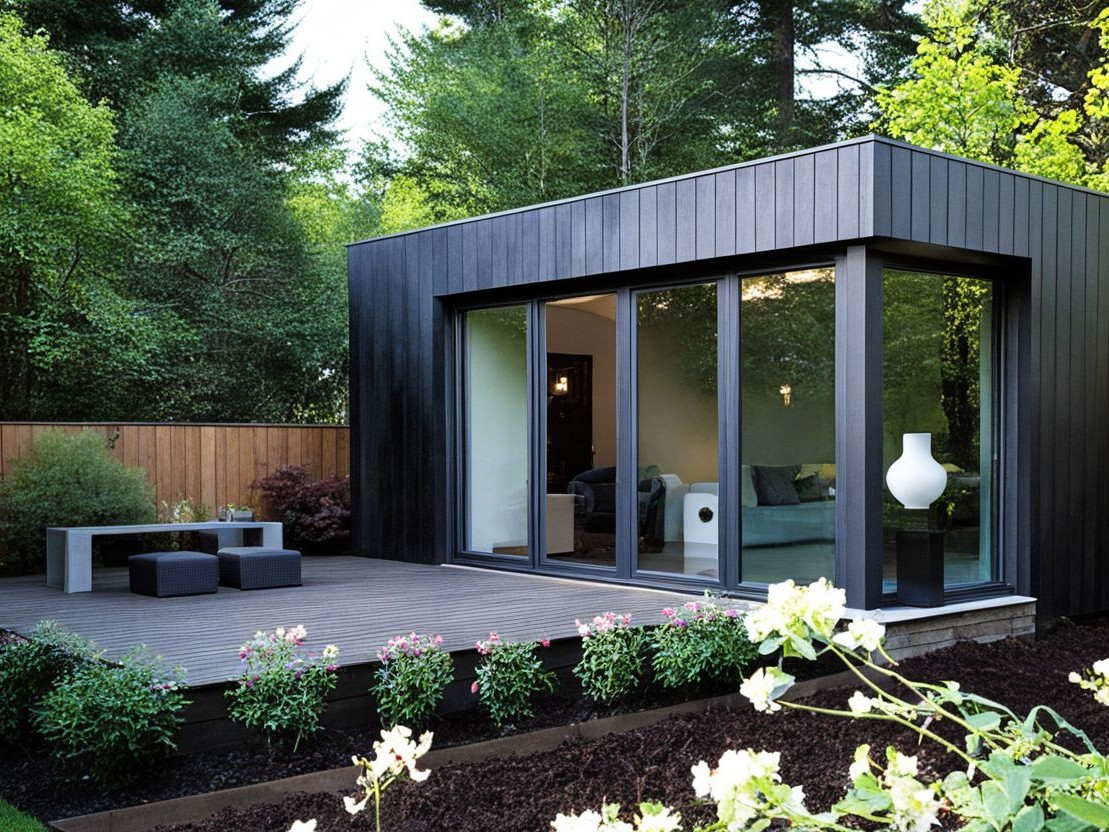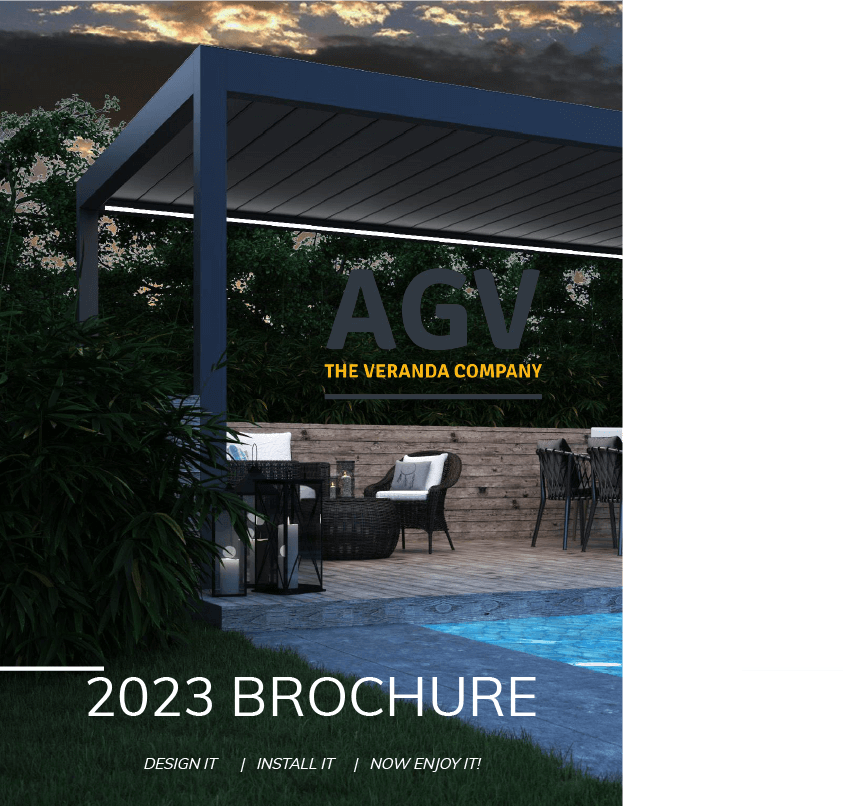Introduction
A common questions asked by those who are considering adding a garden room to their property, is: “Do I need planning permission for a garden room in the UK?” In many cases, you won’t, however there are some important rules to understand before you start building.
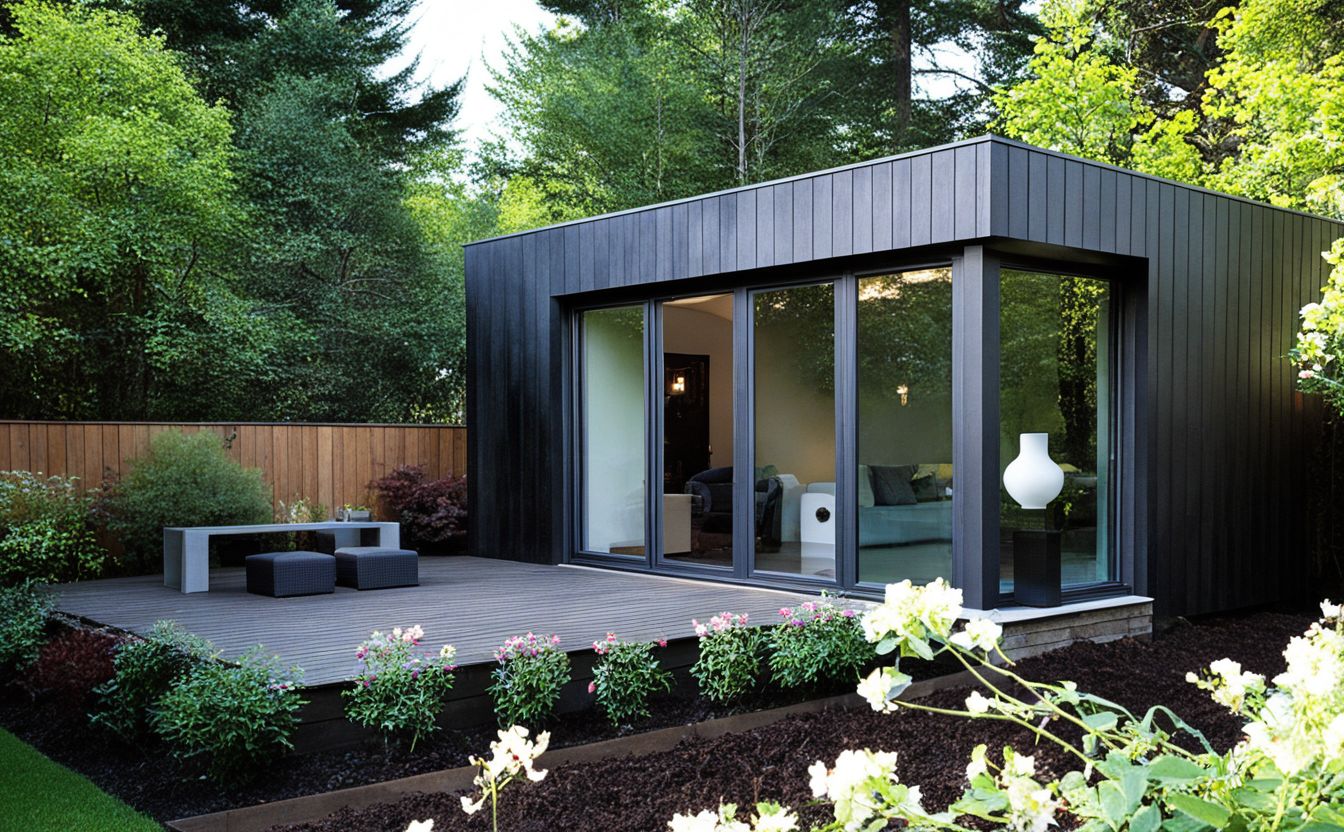
In this guide, we’ll answer the most common questions around garden room planning permission, covering size thresholds, foundations, and practical build considerations.
When do you need planning permission for a garden room?
Planning permission is required if the garden room is either intended to be a living accommodation with a bedroom, kitchen, or bathroom, exceeds the maximum height/size limits, is positioned at the front of the property or is in a restricted area (e.g. listed building grounds and conservation regions).
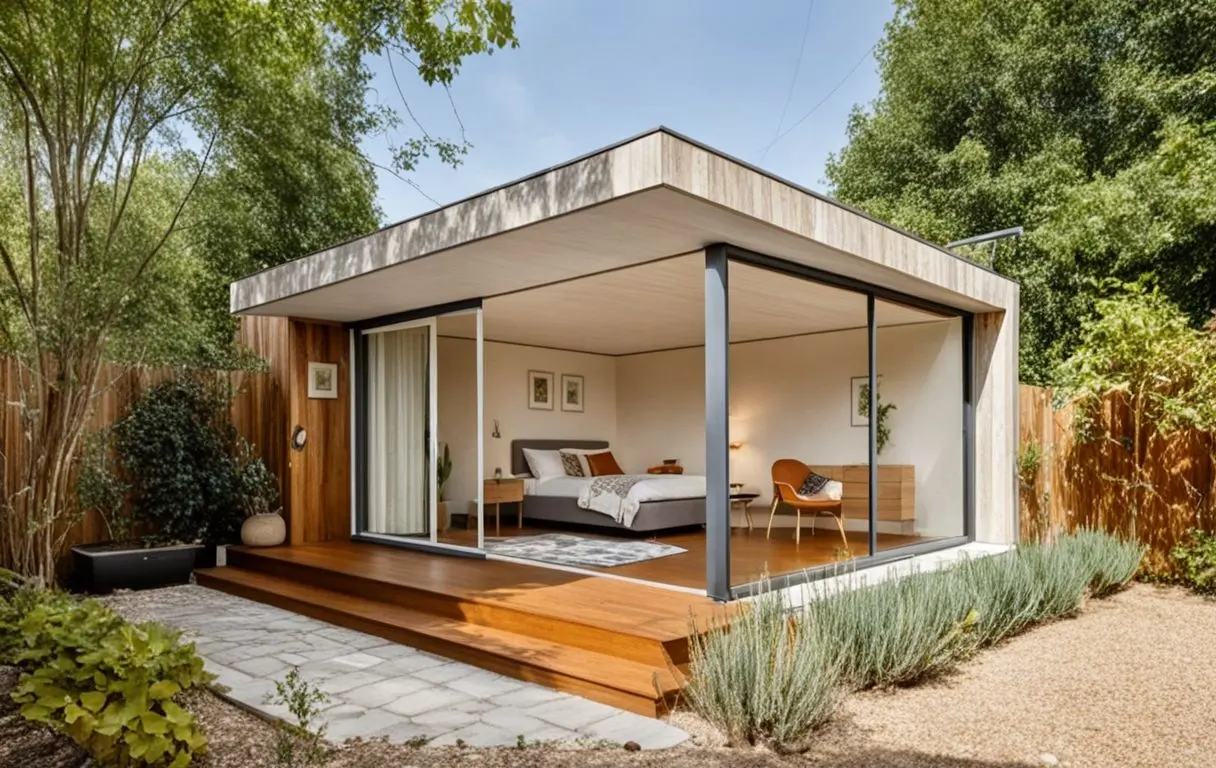
What garden room size can be built without planning permission?
Under permitted development rights in the UK, most garden rooms can be up to 2.5m high if within 2m of the property boundary, or up to 3m high (flat roof) / 4m high (pitched roof) if set further away.
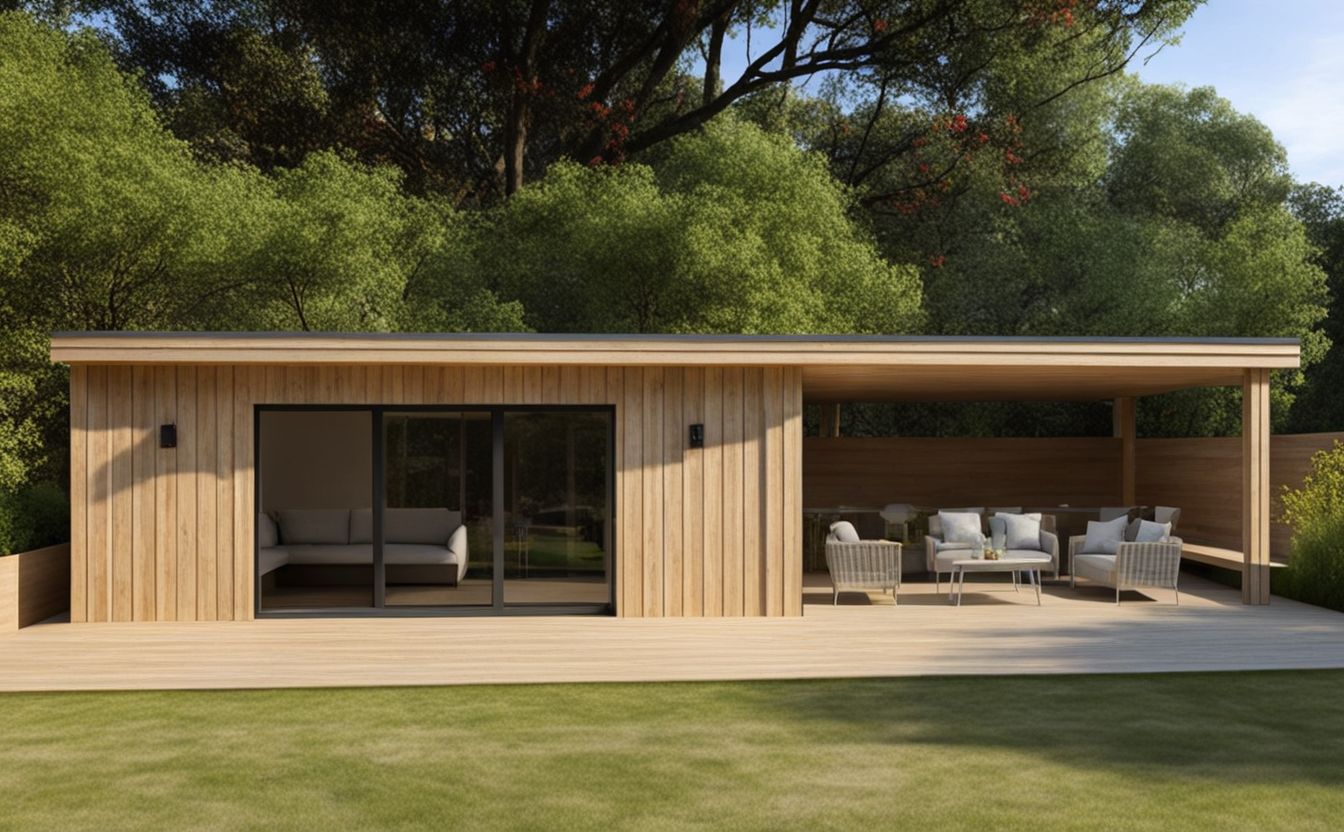
In addition, the footprint should not cover more than half of the original garden area, and for most standard home offices, gyms, or hobby spaces, this is more than enough room to build a comfortable, stylish garden room without needing permission.
Conclusion
As long as the garden room specifications fall in line with permitted development guidelines, planning permission is not required, making them a cost-effective, hassle-free way to expand a living space without a lengthy planning process. If ever in doubt, always check with your local planning authority before building.
Contact Us
If you would like expert advice on designing and installing a garden room, including further information on planning permission and permitted development rights, get in touch with our team today.

